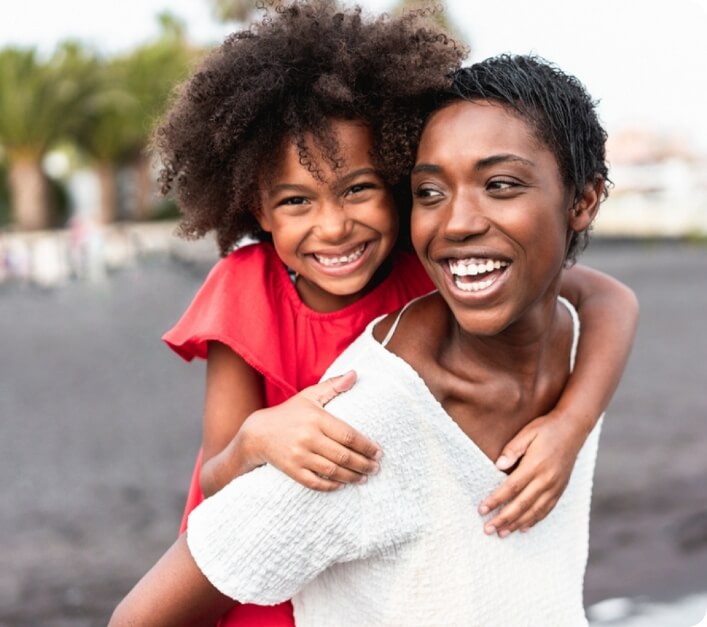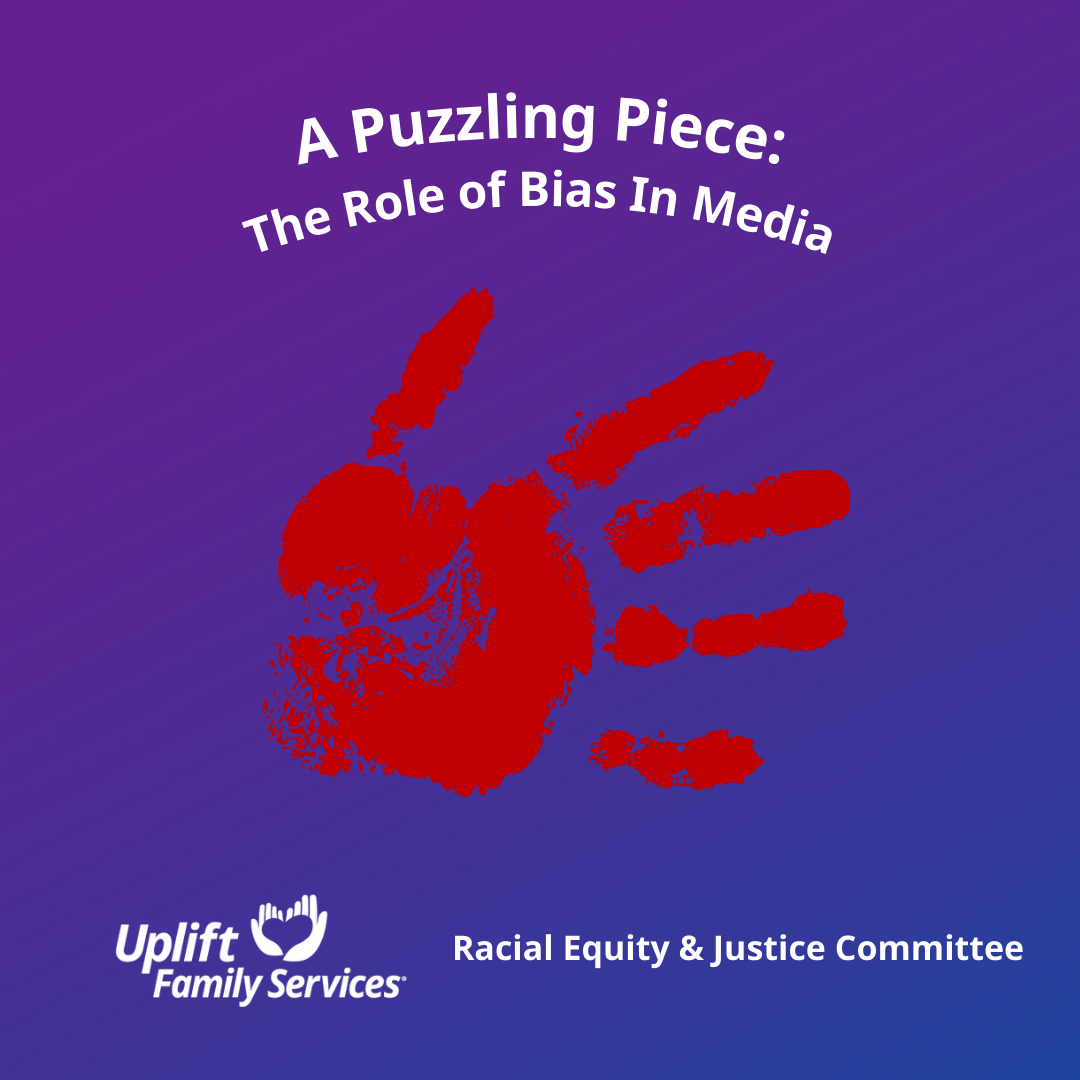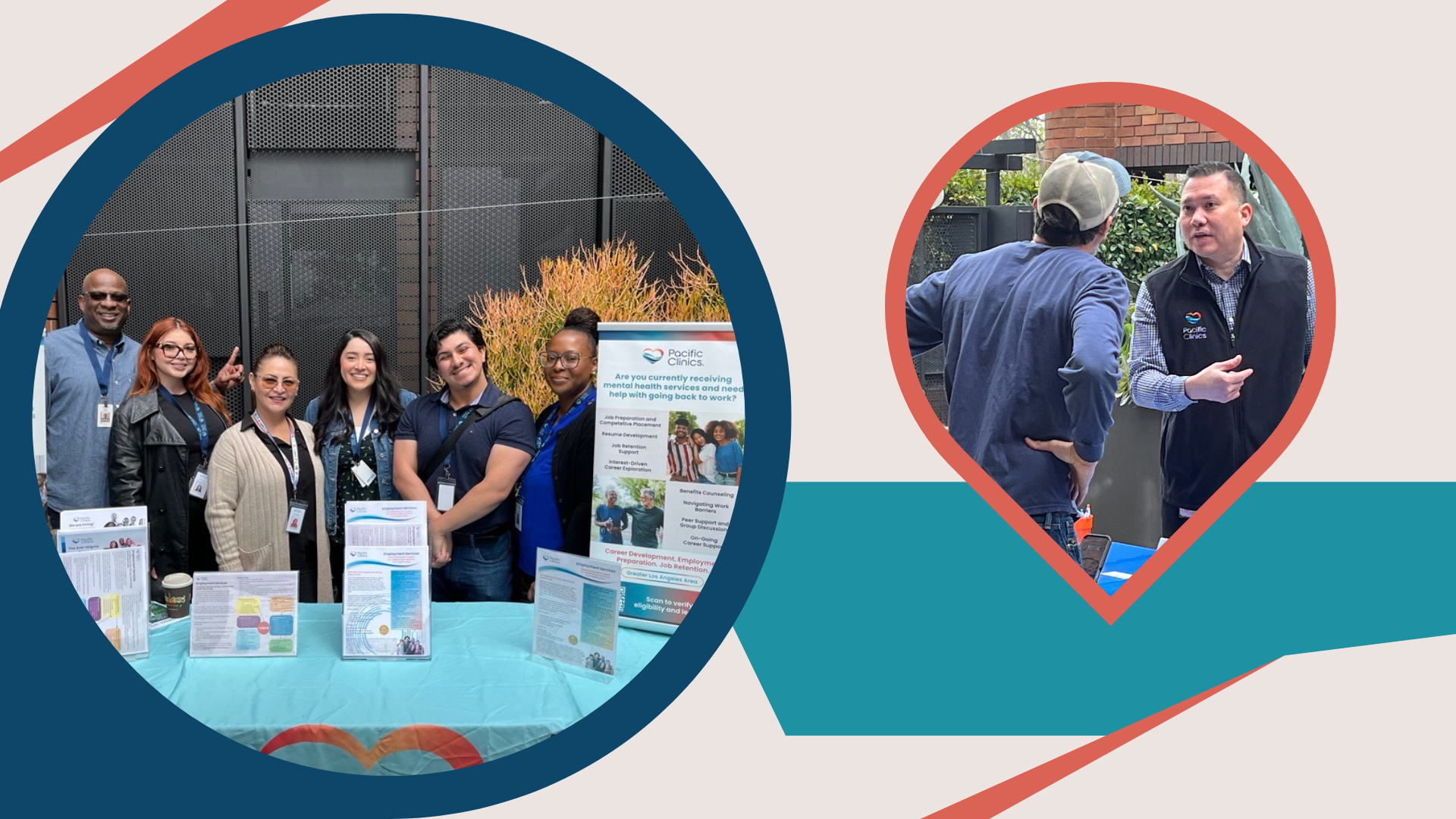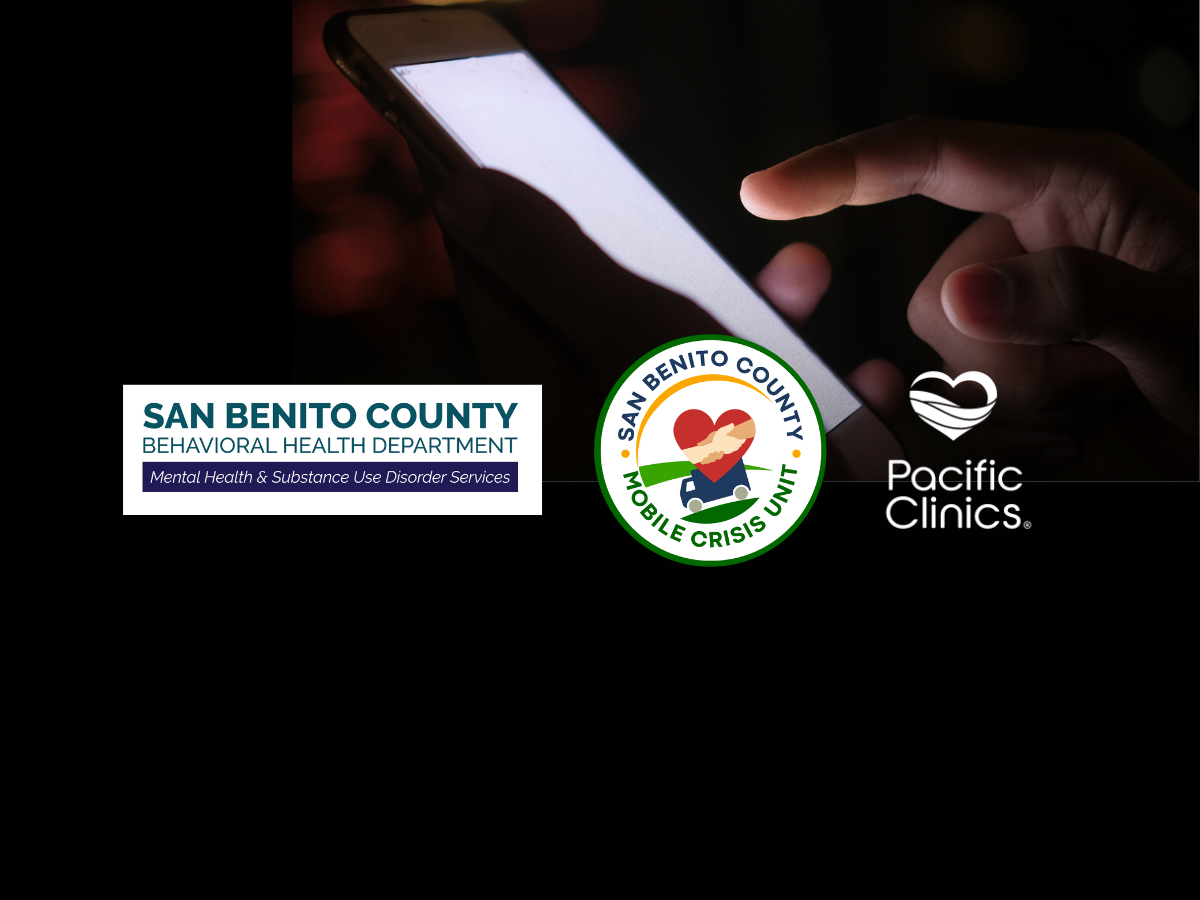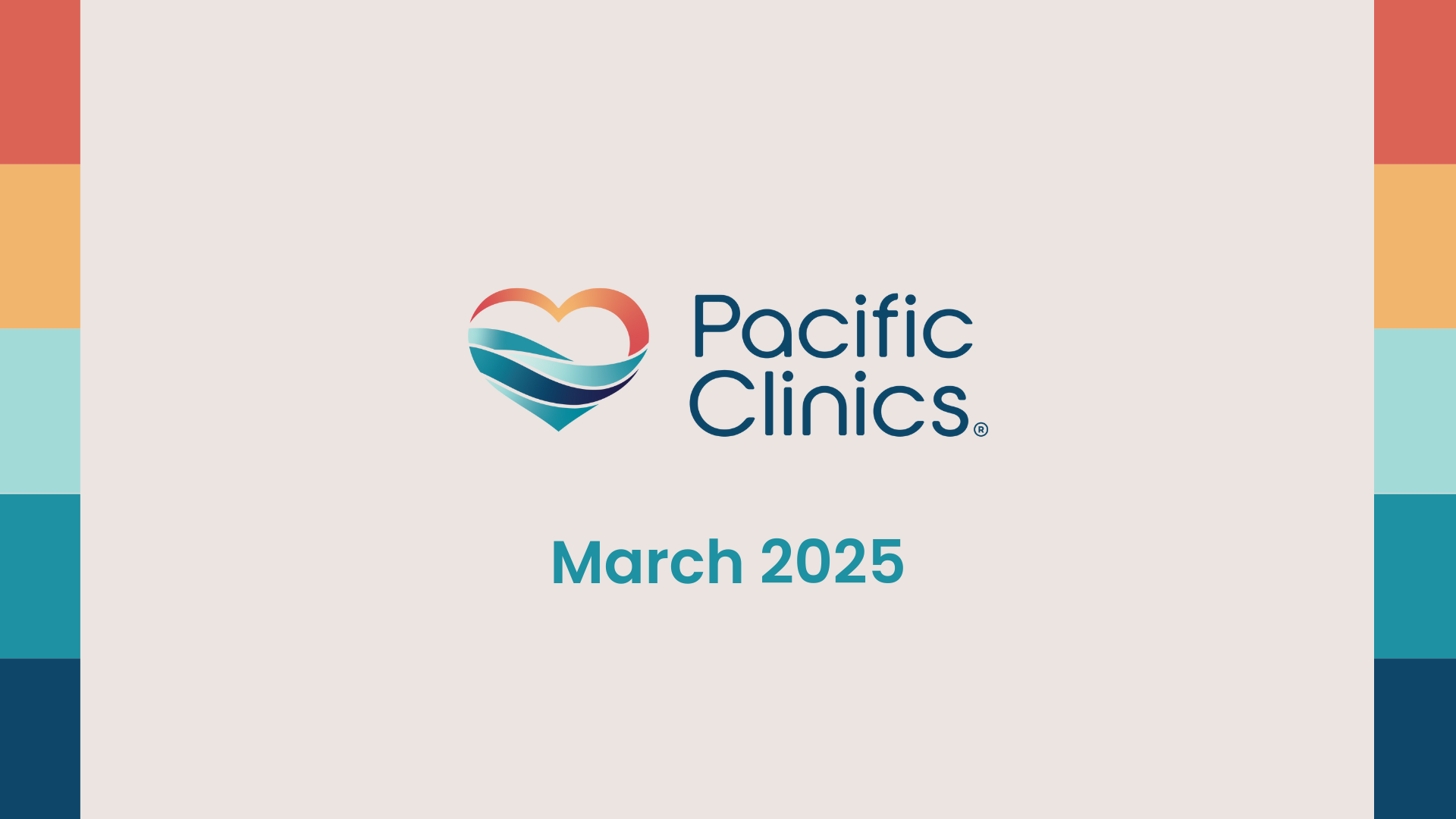The following article was written by the Bay Area Racial Equity & Justice Committee (REJ) and first appeared in Winter 2021 edition of “Lift Every Voice,” an agency-wide quarterly newsletter.
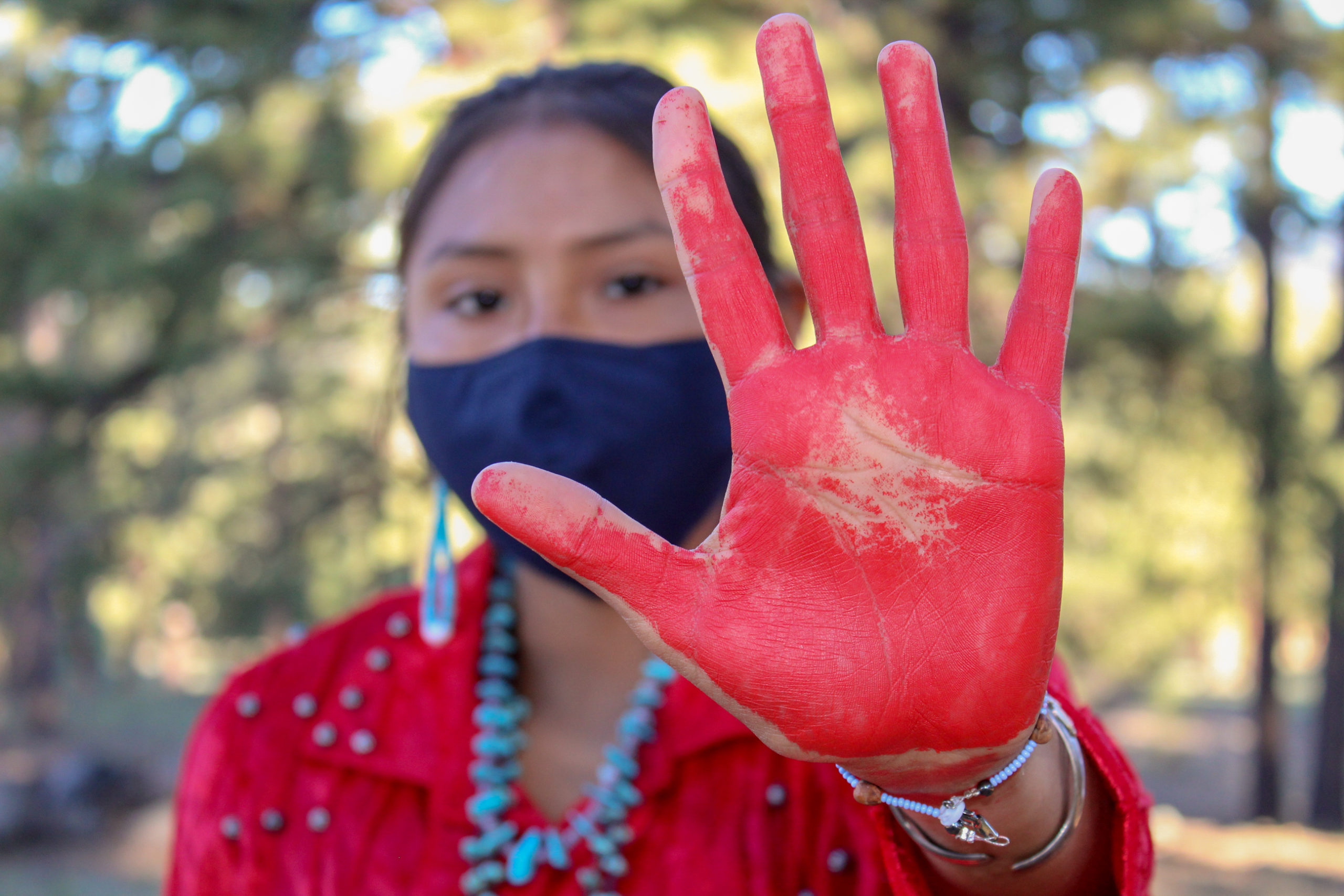
8 days.
That’s how long it took for five different agencies to find the bodily remains of Gabby Petito, a 22-year-old young woman who went missing after backpacking with her fiancé in Wyoming.
9 months.
That’s how long it took to find the bodily remains of Katelyn Kelley, another 22-year-old woman who went missing in 2020 from the Wisconsin Menominee Reservation.
What is one key difference here? Gabby Petito was white and Katelyn Kelley was Indigenous. It has been six months since this tragedy has unfolded and while there seems to be a closing of the door on this case and questions are answered by Gabby’s family, this is still an issue on many of our minds. It is vital that we stay vigilant to the violence and injustice to the communities we serve, while the rest of the world clicks on to the next channel, story, or post.
Per Wyoming’s state report of “Missing and Murdered Indigenous People,” at least 710 Indigenous individuals disappeared from 2010 to 2020. 57% were women or girls and 85% were juveniles. According to the report, 30% of Indigenous homicide victims made the news, compared to 51% of white victims. Just 18% of the murders of Indigenous women and girls were reported in newspapers. Unfortunately, these numbers are not just Wyoming specific. Per a report from the National Institute of Justice, in 2016 there were 5,712 reports of missing American Indian and Alaska Native women and girls in the United States, but only 116 cases were entered into the federal database of missing persons.
In 2004, Gwen Ifill, who had countlessly broken barriers as a Black female journalist, stated on a conference panel, “I call it the ‘missing white woman syndrome.’ If there’s a missing white woman, you’re going to cover that, every day.”
Gabby Petito’s disappearance fascinated American and international audiences alike. With her case dominating news headlines across the world, viewers of the news and social media found themselves almost as participants in the media ecosystem–posting, reposting, sharing, and creating content on Instagram, Reddit, TikTok, Facebook, and Snapchat. It was as if the world was participating in a real-life true crime mystery. People were invested. Yet, for many cases of missing Indigenous women, the level of fascination does not match anywhere near the level of interest for Gabby.
What Drives the Difference in Coverage?
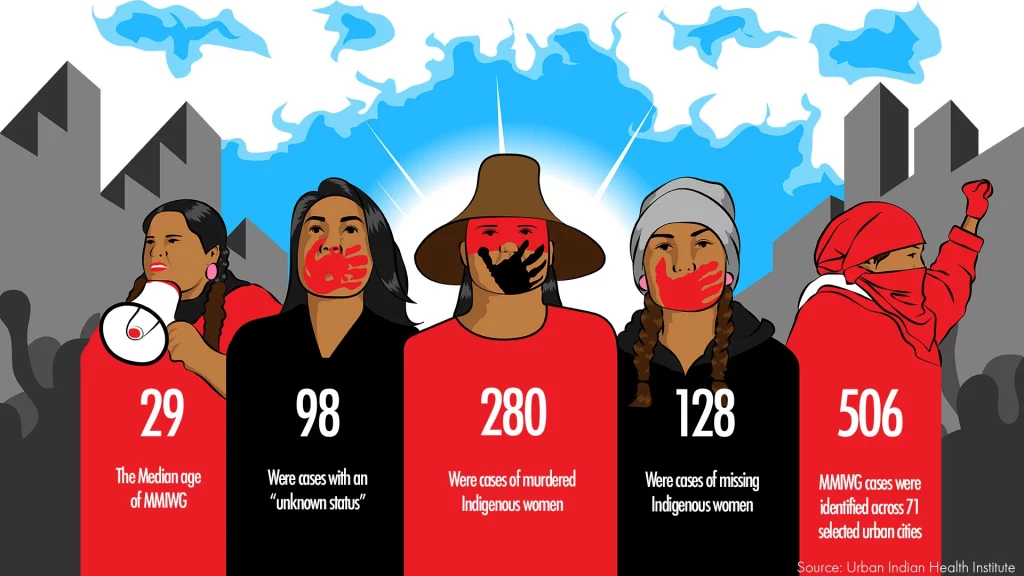
On one level, the cause of the imbalance seems simple. “The same reason why media coverage is different for white women than for women of color is the same reason this is getting so much attention,” said Gina Masullo, Associate Professor of Journalism and Media at the University of Texas at Austin. “We live in a system that puts white women at a higher value.” Why is this? The blame cannot be placed on the journalism industry alone. The systemic bias of missing persons coverage is a bit more convoluted than one might think.
Law enforcement also plays a role in determinations of newsworthiness. Public relations arms of police departments often serve as filtration points for crime. News departments may tip off reporters to specific cases or ask news agencies to run specific stories to help break open unsolved crimes.
In a 2020 study analyzing the methodology of how missing persons cases are covered in the press, it was concluded that police, not media, were often the real driving force determining which cases got media attention and which didn’t.
And the crazy thing? Law enforcement understands and is aware of its role in the media ecosystem. Per the same 2020 study, one New York City law enforcement official stated, “I don’t want to put so many kids on the news that the public will be like, ‘Oh, it’s just another runaway.’ So, I decide who to put on the news and not to put on the news.”
The inequity of law enforcement calling the shots of who is put on the news and who isn’t is almost unfathomable. Yes, there is unconscious bias that plays a role in decision-making, yet there is a conscious choice to again and again place the white, wealthy, attractive woman in the news cycle rather than the countless women and people of color who go missing every day.
What Can We Do?
As we think back to the recent holiday season, we might be feeling nostalgic or grateful for the time we have with our loved ones. But for many families of missing children who are not white, they may not have that precious time. They are in a losing battle to a system that doesn’t care about them. The question remains, what do we do as an evolving culture to battle Missing White Woman Syndrome in the media ecosystem? We can continue to raise awareness of these disparities and to engage in meaningful dialogue about their existence and implications.
Increased awareness is vital within news organizations and law enforcement, which are largely responsible for determining a story’s newsworthiness. News organizations and social media platforms must be deliberate in their editorial choices and algorithmic patterns about missing persons stories and posts to ensure the victims presented are an accurate reflection of the overall demographics of such cases.
Achieving this goal is likely made easier when newsrooms and law enforcement themselves are diverse places filled with individuals with different backgrounds and experiences, and are educated on the impact of unconscious racial bias.
News consumers, like ourselves, can also have an impact by lending our views to news stories and social media posts about missing persons from underrepresented groups. If numbers and metrics revealed increased interest in those stories, additional similar stories would follow.
We would like to be clear: Gabby’s case is a tragedy that no family should have to endure.
But other missing persons who do not look like Gabby should also benefit from the same type of spotlight. The families of those other missing persons are just as deserving of answers as Gabby’s. After all, it is not just white women and girls who go missing.
Head image courtesy of DOI



